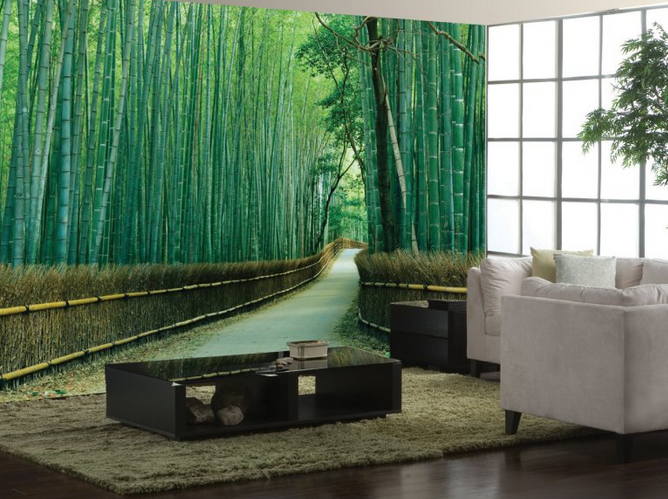EXCLUSIVE POST – In light of our upcoming webinar, Transforming Patient Outcomes with Healing Environments, I decided to research the subject a bit for my own edification. There is a lot of information online about the subject, and a fair amount of research has been done in this area. Indeed, a healing environment is a research-based approach to design (known as evidence-based design). A healing environment should actually promote healing and a sense of well-being. According to “The Business Case for Creating a Healing Environment” (Malkin, 2003), the healthcare design expert, Jain Malkin (who happens to be one of our panelists for the upcoming webinar), explains that a healing environment should:
- eliminate environmental stressors such as noise, glare, lack of privacy and poor air quality;
- connect patients to nature with views to the outdoors, interior gardens, aquariums, water elements, etc.;
- offer options and choices to enhance feelings of being in control – these may include privacy versus socialization, lighting levels, type of music, seating options, quiet versus ‘active’ waiting areas;
- provide opportunities for social support – seating arrangements that provide privacy for family groupings, accommodation for family members or friends in treatment setting; sleep-over accommodation in patient rooms;
- provide positive distractions such as interactive art, fireplaces, aquariums, Internet connection, music, access to special video programmes with soothing images of nature accompanied by music developed specifically for the healthcare setting; and
- engender feelings of peace, hope, reflection and spiritual connection and provides opportunities for relaxation, education, humour and whimsy.
The Samueli Institute has conducted a lot of research on healing environments and has published numerous reports and articles. The Samueli Institute’s Optimal Healing Environment (OHE) program is constructed to build a solid knowledge base in the area of healing environments and to speed the flow of information on the subject from research to practice. The two key goals of the program are to:
- Develop and validate a business case for OHE to facilitate widespread adoption by innovative health care leaders and their organizations
- Establish national standards for creating optimal healing environments
In this way, The Samueli Institute hopes to move the concept of healing environment from research to practice, encouraging healthcare organizations that they can introduce and promote an environment that is truly shown to facilitate healing.
The Center for Health Design (CHD) was formed in 1993 with the idea that design could be used to improve patient outcomes. Today, CHD is an international community dedicated to the mission of “transforming healthcare environments for a healthier safer world through design research, education and advocacy”. CHD offers news about conferences and events, research being conducted, ongoing programs, webinars, videos, careers in the industry and more on their comprehensive website.
CHD also offers an open source searchable web-based database called Ripple that Kaiser Permanente asked them to create to house its best practice design strategies targeted to achieve desired patient outcomes in patient safety, workplace safety and environmental safety. The database is being built in stages, and the idea is that other organizations will contribute and Ripple will become dynamic and inter-active.
The Pebble Project is The Center for Health Design’s main research initiative and is aimed to help a facility become more efficient and cost-effective while enhancing the quality of patient care. One of the partners in the Pebble Project, University Medical Center of Princeton, is nearly complete and promises to be a leader in healing design. President and CEO of Princeton HealthCare System Barry Rabner says,
“The biggest discovery was that we had these important goals for the building: reducing infection, improving efficiency. It’s a real discovery that the design of the building can do that. It’s not just a container. It actually can have design features that improve patient outcomes, patient satisfaction, reduce errors, reduce falls.”
Institutions Touting a Healing Environment are numerous. The following are some examples:
Anchorage Native Primary Care Clinic
Grace Hill Neighborhood Health Center
La Maestra Community Health Clinic
Ambulatory Practice of the Future (APF)
For more on Transforming Patient Outcomes With Healing Environments: From Research to Practice, Please join us for an exclusive, live webinar on May 1st at 2pm EDT.







